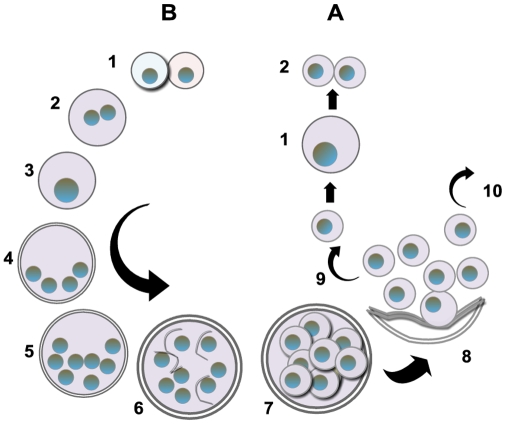Figure 1. Putative life cycle of Pneumocystis.
The entry of Pneumocystis into the mammalian lung likely occurs during the first year after birth. The agent of infection is suspected to be airborne spores. Recent studies suggest that the cyst/ascus (containing eight spores) may be the agent of infection [9]. After inhalation, the spores ultimately take residence in the terminal portion of the respiratory tree, the alveoli. Neither the mechanism of migration to the alveoli nor the form in which the organism arrives in the alveoli (intact ascus or individual spores) is known. (A) Asexual phase: Haploid trophic forms are thought to replicate asexually by binary fission, whereby the nuclear content is duplicated (1) along with cellular contents that (2) divide into two haploid trophic forms. (B) Sexual phase: Two presumptive mating types conjugate (1), undergo karyogamy (2), and produce a diploid zygote (3) that progresses through meiosis to produce four haploid nuclei (4) followed by an additional mitosis to produce eight nuclei (5). The nuclei are packaged into spores by invagination of the ascus cell membranes (6) to produce eight double-membrane spores (7). After completion, excystment occurs via a protunicate release by unknown mechanisms (8). The released spores become the vegetative forms that can then undergo asexual (9) or sexual replication with a presumed opposite mating type (10). The mechanism of exit out of the lung and the life cycle form that transits into the environment are unknown (the life cycle was composed using SmartDraw 10, San Diego, California).

